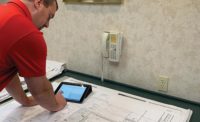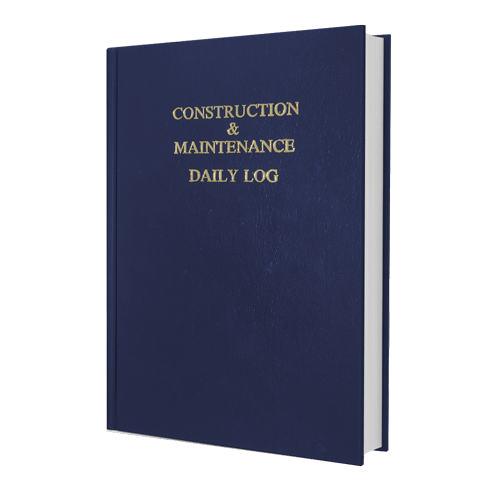The loss this great country suffered Sept. 11 at the hands of terrorists is a loss our nation will never forget. We will never forget the site of a hijacked passenger aircraft slicing into the second tower of the World Trade Center, setting off a devastating fireball that quickly engulfed the tower's upper stories. We will never forget seeing the towers collapse upon themselves to vanish from the skyline. And we will never, ever forget the more than 6,000 lives lost that day.
We will never forget because our world changed that day. Whether it changed for better or worse is as yet uncertain. But there is no denying our world will never be the same. At one time unthinkable, the events we witnessed that day left an indelible scar on our psyche.
Not only did we learn some terrible lessons that day, in the days following the attack, as rescuers dug through the rubble at "ground zero" in New York and the Pentagon and we, as a nation, began to deal with our feelings of shock and grief, we were also reminded of our nation's greatest strengths: our compassion, charity and resolve. The attack hurt us deeply, but it also made us stronger.
The terrorist attack also opened our eyes to a new dimension of peril. Having witnessed the unthinkable loss of two of the world's tallest towers and thousands of lives, could we ever feel safe in a skyscraper again? Would we again build such prominent, monumental structures?
We will. And we should.
What didn't fail
The tragedy that struck the World Trade Center revealed the true limits of building safety. We can build to withstand natural disasters such as hurricanes and earthquakes. We can build to reduce the risks and hazards of fire. But we cannot build to defend against the extreme acts of madmen. Nor should we try.In an eerily prophetic boast, the engineers of the World Trade Center once stated the towers could withstand the impact of a 707 passenger liner. It was assumed that such an incident would be accidental; never could the towers' builders have imagined the horrific reality of the two deliberate jetliner crashes.
Remarkably, both towers withstood the initial impact of the two aircrafts, although both were grievously damaged by the explosive impacts. It was the subsequent fires fueled by thousands of gallons of aviation fuel that created a 2,000 degrees F inferno that ultimately brought about the towers' demise.
If there is any comfort to be found in the towers' last hour, it's to be found in the many lives that were saved that day by the fire-resistive features employed in the buildings' construction.
While sprinkler systems seemed to have no effect on the fires, the towers' passive fire protection bought precious time to allow tens of thousands of building occupants to escape. Tower One stood an hour and 44 minutes following the impact of the first 767. While Tower Two fell in only 47 minutes, its partial evacuation prior to the second 767 collision saved the lives of thousands.
Perhaps more amazing that the towers stood as long as they did is the way they collapsed upon themselves in almost a controlled fashion. The towers' unusual design may well have helped lessen the collateral damage to buildings adjacent to the towers by preventing an imbalanced collapse. Had either tower fallen to its side, the damage to nearby structures would have been far more extensive.
Not that the destruction wasn't bad enough. When the towers collapsed, more than 1.5 million tons of steel, concrete, glass and gypsum crashed to the plaza below. As much as one-fifth of the buildings' mass was ejected into the air as billowing clouds of dust and debris that soon blanketed Lower Manhattan. Four adjacent buildings damaged by the implosions ultimately collapsed themselves, including the 47-story 7 World Trade Center. Underscoring the scale of the devastation, the collateral damage seemed only a minor consequence in the day's events.
Gone but hardly forgotten
One of the most tragic losses was that of the 300 fire fighters and police officers who perished when the towers fell. Oblivious to the danger the damaged towers represented, or perhaps in deviance of it, the courageous men and women gave their lives in selfless duty right until the horrible end. Their sacrifice should not be soon forgotten.Nor will we quickly forget the powerful symbolism the Twin Towers represented. A source of pride for New Yorkers and Americans alike, the World Trade Center not only dominated the New York skyline, it also bore testament to the boldness and strength of corporate America.
The World Trade Center had made two strong impressions on me during my only visit to Lower Manhattan. At first I was amazed and a bit battered by the cascading river of people flowing through the center's subway station during peak commuter hours. At given times, thousands of commuters together would sweep en masse through the station, creating a powerful wave that threatened to sweep away anything in its path.
The second great impression came from viewing the towers from the center's main plaza. Looking up at the twin behemoths, it was impossible to take in anything more than a partial view. As viewed from their base, the towers were massive giants of seemingly improbable scale.
It was the World Trade Center's prominence as both a literal and figurative symbol of our nation's strengths that made it a target for the terrorists' unthinkable acts. However, we should not be dissuaded by its tragic end from erecting future towering landmarks.
Within days of the attack, New York Mayor Rudolph Giuliani quickly asserted that the World Trade Center must be rebuilt, although not necessarily recreated in its former glory. Not long after, the head of a consortium that holds a 100-year lease on the property proposed building four 50-story towers to replace the lost twins.
While we can never restore our nation to the way it was prior to September 11, we must stand strong and not be held hostage to fear. We must remember our loss, but we must not let our loss hold us back.





Report Abusive Comment